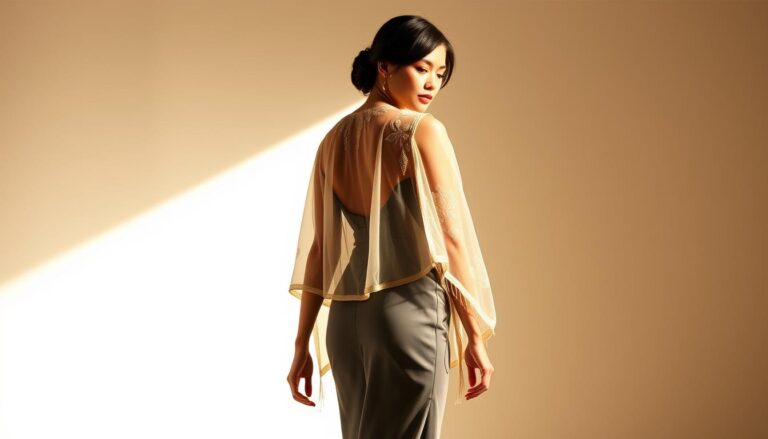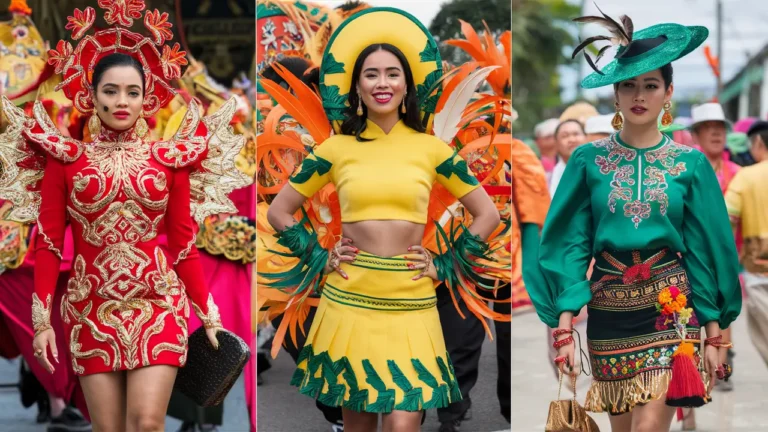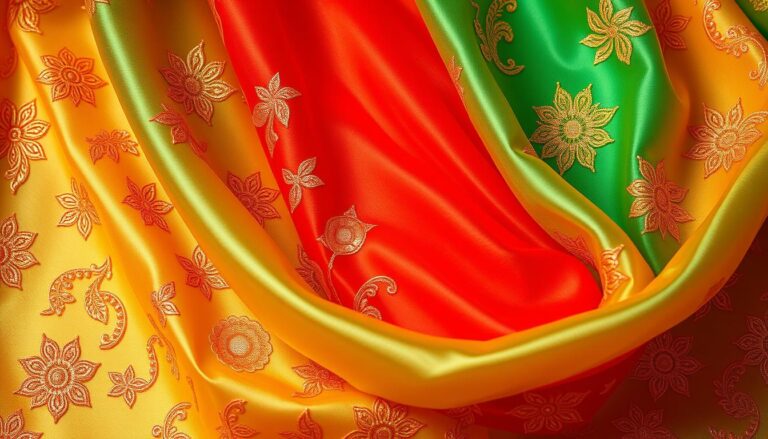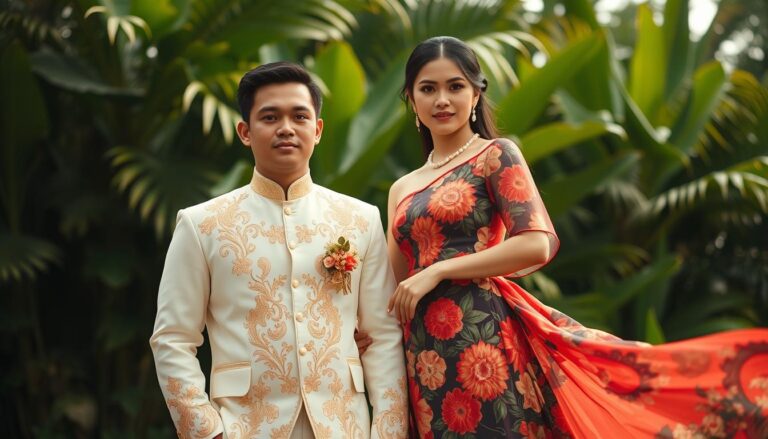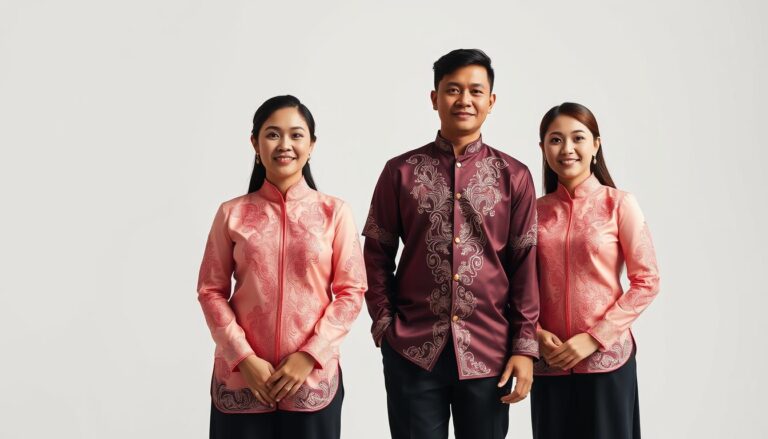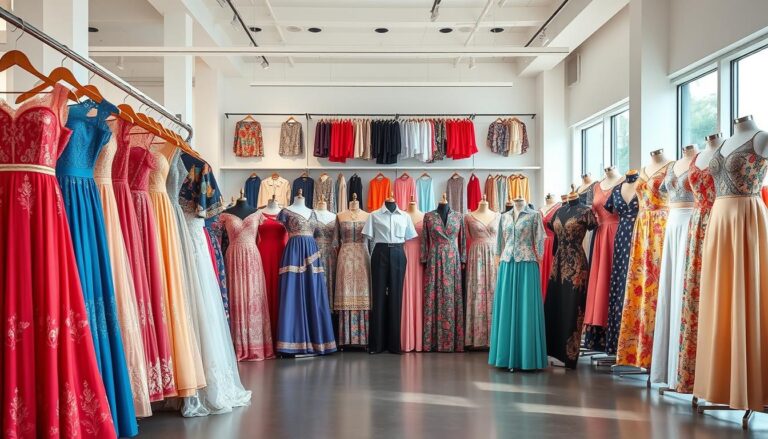Modern Filipiniana Wedding Gowns: Tradition Meets Style
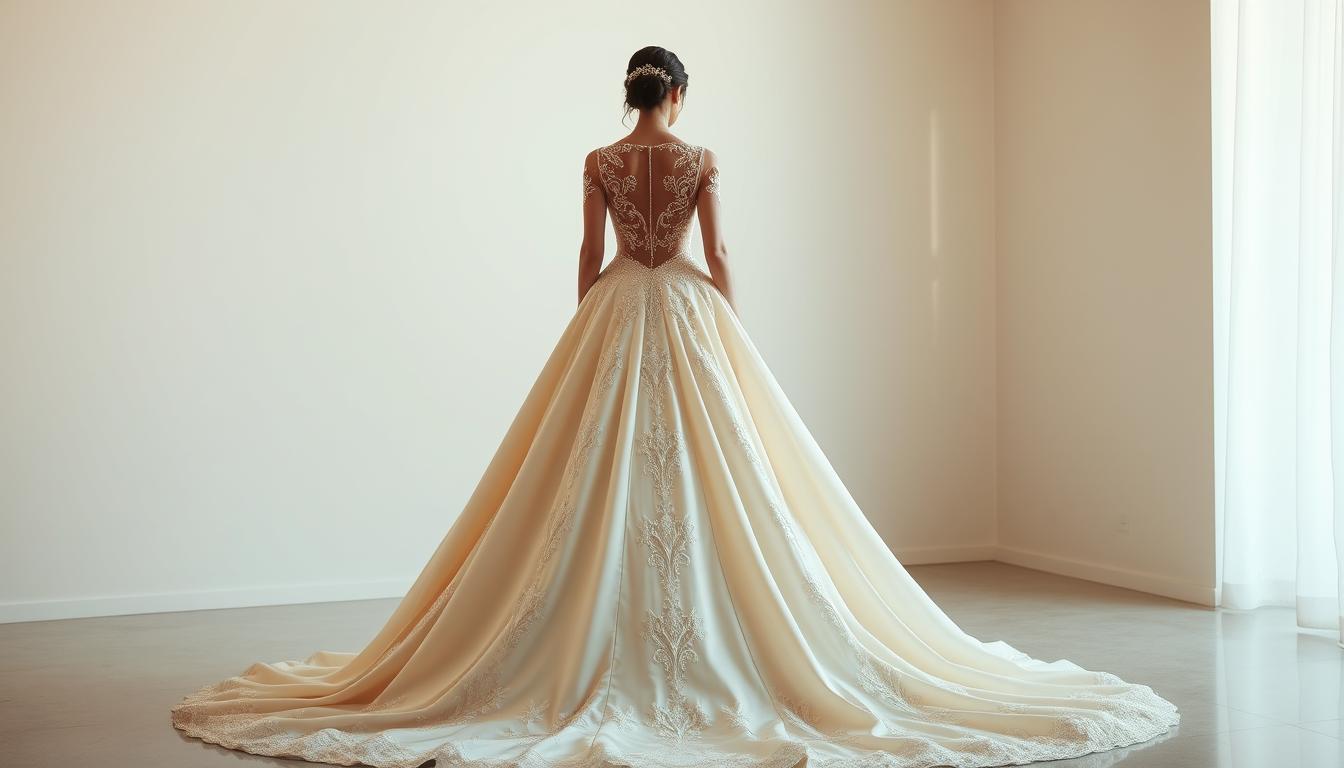
Bridal attire that honors cultural roots while embracing contemporary flair has become a cherished choice for today’s couples. Designs blending traditional Filipino craftsmanship with sleek, adaptable silhouettes offer a fresh take on heritage. As one bride from Maria Gabriela Couture shared, “The dress was a HIT—it felt uniquely mine while paying tribute to my background.”
These garments stand out for their intricate details, like hand-embroidered patterns and luxurious fabrics. Many feature convertible elements, allowing seamless transitions from solemn ceremonies to lively receptions. This practicality, paired with timeless elegance, ensures brides feel confident at every stage of their celebration.
Beyond aesthetics, these creations symbolize pride in one’s heritage. Testimonials highlight how wearers felt deeply connected to their culture without sacrificing personal style. The balance of artistic tradition and modern innovation makes them ideal for events ranging from intimate gatherings to grand affairs.
This guide helps U.S.-based brides navigate options that reflect their identity. Whether drawn to bold textures or minimalist cuts, finding a piece that resonates emotionally and culturally is within reach.
Key Takeaways
- Blend traditional Filipino artistry with contemporary design for a personalized look.
- Convertible features add versatility, perfect for multi-event celebrations.
- Handcrafted details and premium fabrics ensure lasting quality and elegance.
- Symbolic elements honor cultural heritage while aligning with modern tastes.
- Practical designs cater to both formal ceremonies and relaxed receptions.
- Testimonials emphasize emotional connections to cultural roots through attire.
Modern Filipiniana Wedding Gowns: A Blend of Tradition and Contemporary Elegance
Designers are reimagining heritage bridal wear through creative adaptations that honor tradition while catering to dynamic lifestyles. At the forefront, Maria Gabriela Couture pioneered convertible designs inspired by a bride’s need for practicality. Their signature piece transforms a floor-length ceremony dress into a chic mini for receptions—retaining regal details while freeing movement.
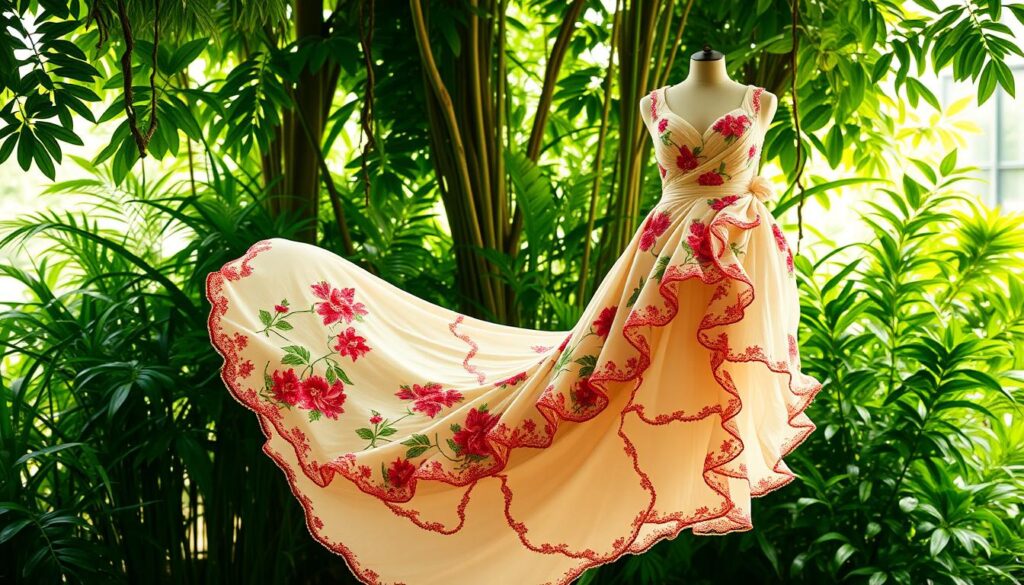
Honoring Roots Through Design
Classic butterfly sleeves and hand-stitched patterns merge with minimalist necklines and lightweight fabrics. This balance lets brides showcase cultural symbols without overwhelming modern aesthetics. Natural materials like piña cloth—a traditional fiber—add authenticity while ensuring breathability during tropical celebrations.
Two Looks, One Masterpiece
The genius lies in hidden zippers and detachable layers. One bride described her experience: “I felt like a queen walking down the aisle, then danced freely all night after removing the train.” These innovations solve a common dilemma—maintaining elegance across multiple events without sacrificing comfort.
| Feature | Traditional Design | Contemporary Adaptation |
|---|---|---|
| Silhouette | Full-length, structured | Convertible hemlines |
| Sleeves | Oversized butterfly | Streamlined cap sleeves |
| Fabric | Heavy brocade | Layered piña-silk blends |
This evolution in bridal fashion proves cultural pride and personal style aren’t mutually exclusive. By blending ancestral techniques with fresh ideas, today’s dresses let wearers celebrate their heritage in ways that feel genuinely theirs.
Exploring the Rich History & Evolution of Filipiniana Dresses
The story of these iconic garments begins with the Baro’t Saya, a pre-colonial ensemble of loose blouse and skirt. Spanish colonization introduced European tailoring, transforming local styles into structured silhouettes with delicate embroidery. By the 19th century, this fusion birthed the Maria Clara gown—a symbol of national identity featuring butterfly sleeves and layered skirts.
From Baro’t Saya to Modern Adaptations
Early versions used pineapple fibers for breathability in tropical climates. Today’s designs retain this practicality while incorporating sleek lines. A Manila-based designer notes: “We rework heirloom techniques—like hand-loomed piña cloth—into minimalist cuts that appeal to global tastes.”
Cultural Pride and Symbolism in Filipino Fashion
Every stitch tells a story. Floral patterns often reference regional flora, while geometric motifs echo ancestral tribal art. The terno’s unified sleeve-and-dress construction became a political statement during the 20th century, showcasing Filipino ingenuity.
Influences of International Trends
Post-WWII globalization brought new ideas:
- 1950s Hollywood glamour inspired beaded necklines
- Japanese minimalism influenced drapery techniques
- Sustainable fashion revived organic dye methods
Despite these changes, the core essence remains. As one historian observes: “These dresses aren’t just clothing—they’re wearable archives of our resilience.”
Your Buyer’s Guide to Selecting the Perfect Filipiniana Wedding Dress
Finding attire that mirrors your heritage and personal flair requires thoughtful planning. Start by exploring designers offering made-to-order services, where cultural motifs meet adaptable designs. Many U.S. brides work directly with artisans to create pieces celebrating their roots through tailored details.
Tailoring Your Vision
Top couturiers like Maria Gabriela Couture provide 3-step customization: fabric selection, silhouette adjustments, and embroidery personalization. Opt for breathable piña cloth or luminous organza silk—fabrics that drape beautifully while honoring tradition. One bride noted, “Adding my grandmother’s floral pattern made the dress feel like family history reimagined.”
Navigating Logistics
Accurate measurements are crucial. Most designers require:
- Three fittings minimum
- 8-12 week production time
- Express shipping options
Petite frames often suit slim bolero tops, while curvier shapes shine in V-necklines with waist accents. Always confirm alteration policies before ordering.
Preserving Your Investment
Delicate jusi and piña fabrics demand special care:
| Fabric | Cleaning | Storage |
|---|---|---|
| Piña | Professional dry clean | Acid-free tissue |
| Organza | Spot clean only | Hanging garment bag |
Convertible sleeves or detachable trains extend wearability. These smart features let you transition from ceremony to reception without changing outfits—ideal for multi-event celebrations.
Conclusion
Today’s brides increasingly choose dresses that celebrate cultural legacy through inventive design. These garments masterfully balance ancestral artistry with convertible features, letting one ensemble adapt to ceremony formality and reception energy. As Francis Libiran’s clients note, hidden zippers and removable trains create “two distinct looks that both feel authentically me.”
Customization remains key. Top designers like Vania Romoff offer tailored sizing and fabric options—from breathable piña to luminous jusi—ensuring each piece honors heritage while fitting personal tastes. Proper care preserves these investments: dry-clean delicate fibers and store in acid-free packaging.
Selecting such a dress becomes a journey of self-discovery. One bride shared, “Wearing hand-embroidered patterns from my province made me feel rooted yet radiant.” These creations don’t just clothe the body—they weave personal narratives with cultural pride.
Ready to find your perfect match? Connect with specialists who translate traditions into wearable art. Whether through bold textures or minimalist cuts, your celebration deserves dresses that honor where you’ve come from and who you are today.

